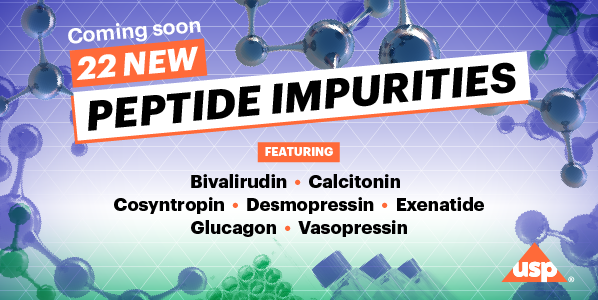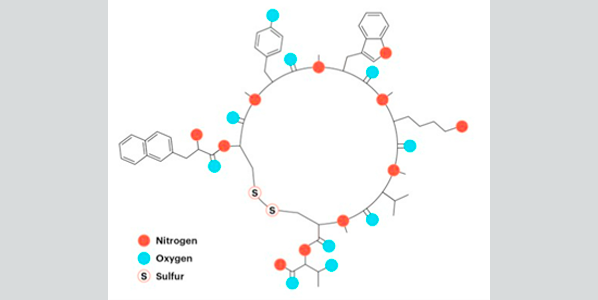Peptides are pivotal therapeutics that patients rely on to treat diabetes, obesity, cancer and more. Developers of these life-saving medicines face challenges interpreting regulations for biologics and small molecules that exclude peptides. USP supplies comprehensive peptide solutions including clear documentary standards with validated test methods, acceptance criteria and highly characterized API and impurity reference standards and materials.
These tools help manufacturers minimize contaminants and build their control strategy. Clearly defined standards and guidance from USP help investigators and regulators save time and resources on the way to regulatory success.









